Fix: WebGL is Not Supported
The “WebGL is not supported” error means you can’t see 3D graphics or interactive content in your browser. This happens because your browser can’t use WebGL, which is a tool for displaying 3D graphics using your computer’s hardware.
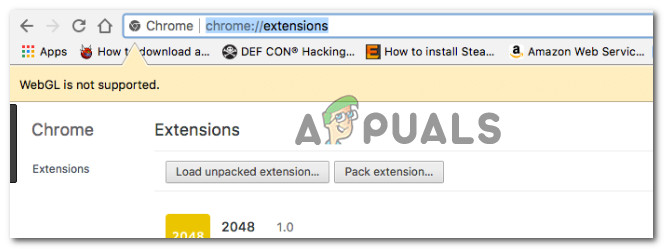
This error most often occurs because hardware acceleration is turned off in your browser settings. Other reasons might include old graphics drivers, outdated browser versions, or specific browser settings that block WebGL.
In this article, we will discuss different ways to solve this error.
1. Check if your Browser Version Supports WebGL
Ensuring your browser version supports WebGL is important because older or unsupported versions might not have the needed features to display 3D graphics. By updating your browser to the latest version, you can use the built-in WebGL support, which is often better in newer updates, solving compatibility issues.
A quick way to check if your browser version supports WebGL is by referring to this table ([here](https://caniuse.com/#feat=webgl)). You can easily see which browser versions are equipped to handle WebGL.

Since all the popular browsers currently support WebGL with the latest desktop versions, you will probably be able to resolve the issue by updating to the latest available build.

2. Enable Hardware Acceleration on your Browser
Modern web browsers use hardware acceleration to shift graphic-heavy tasks to your GPU, making everything run smoother. Turning on this feature lets WebGL use your graphics hardware better, fixing problems that happen when the browser uses software instead.
2.1 Enable Hardware Acceleration on Chrome
- Open the action menu (three-dot icon) in the top-right corner and select Settings.
- Scroll down and click Advanced.
- Under the System tab, enable Use hardware acceleration when available.
- Click Relaunch to apply the change.
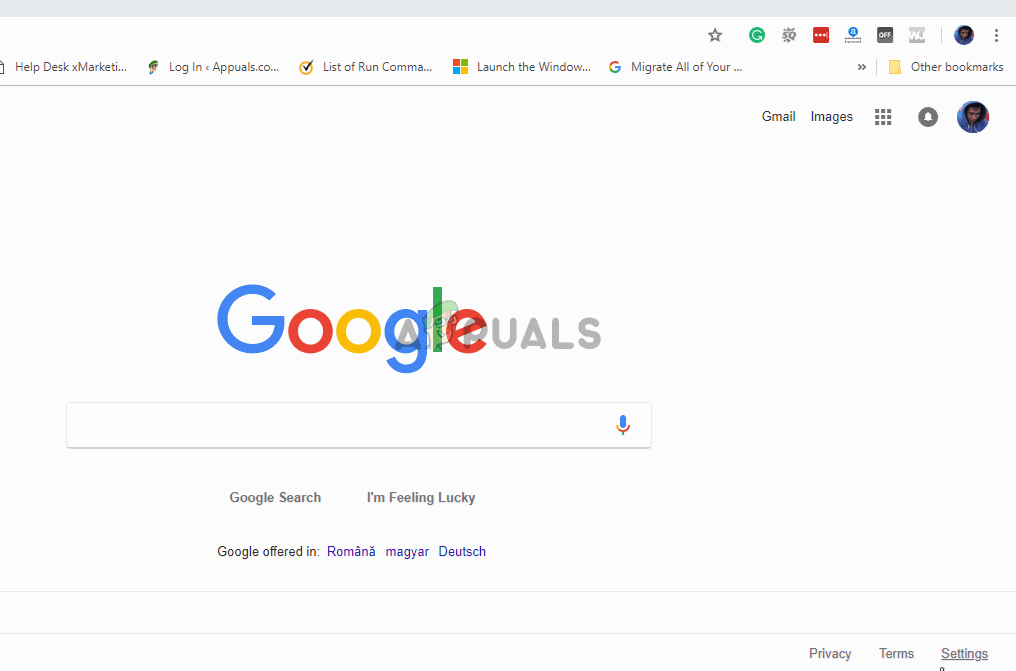
2.2 Enable Hardware Acceleration on Mozilla Firefox
- Open Firefox, click the action button (top-right corner), and select Options.
- Go to Performance, uncheck Use recommended performance settings.
- Check Use hardware acceleration when available.
- Restart Firefox to apply changes.

2.3 Enable Hardware Acceleration on Opera
- Click the Opera icon (top-left corner) and select Settings.
- Scroll down and click Advanced.
- Under the System tab, enable Use hardware acceleration when available.
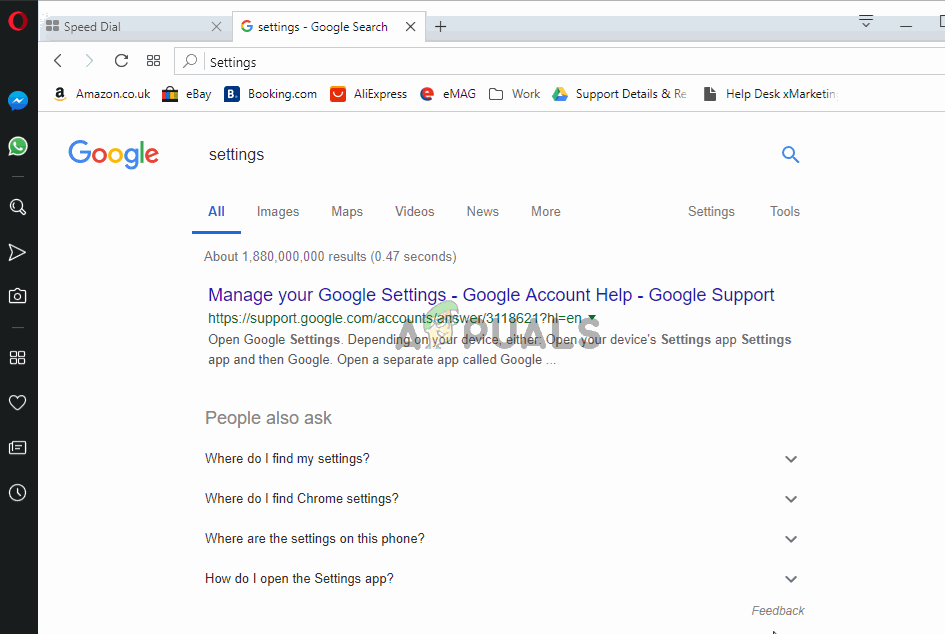
3. Upgrade Graphics Drivers
Outdated or incompatible graphics drivers can stop WebGL from working because they limit your system’s ability to show 3D graphics. Updating the drivers makes sure they work with the latest browser technologies and support hardware acceleration, which solves the problem.
- Press Windows key + R to open the Run dialog. Type “devmgmt.msc” and press Enter to open Device Manager.
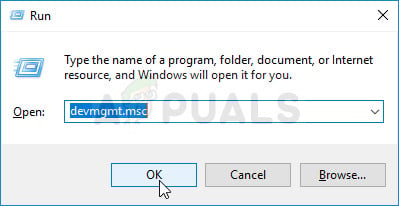
Run Device Manager using Run Dialog Box - In Device Manager, expand Display adapters. Right-click your graphics card and choose Update driver.
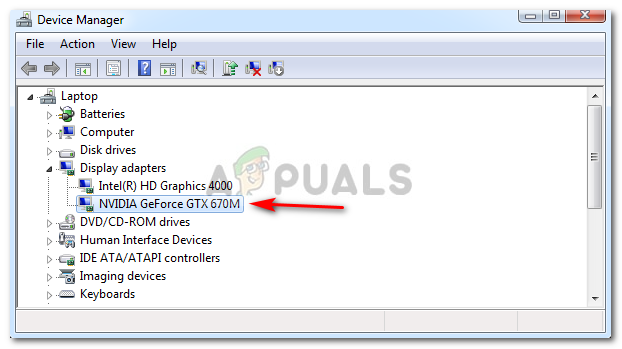
Update Graphics Driver by right-clicking it. Note: If your system has both dedicated and integrated GPUs, update both. Also, ensure you have a stable Internet connection.
- Select Search automatically for updated driver software and follow the prompts to find the latest driver.
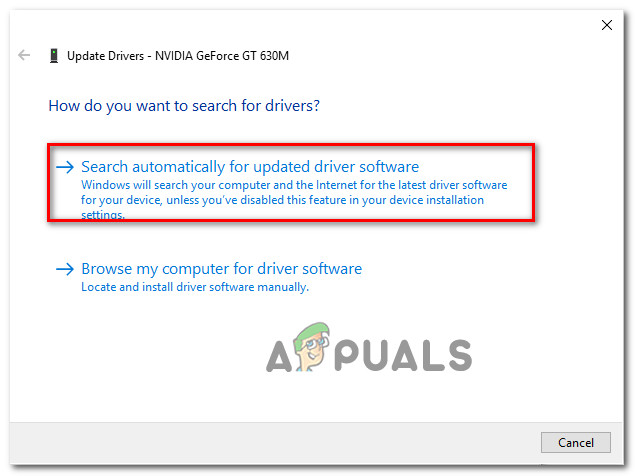
Searching for the newest driver automatically - Wait for the driver to download fully, then install it.
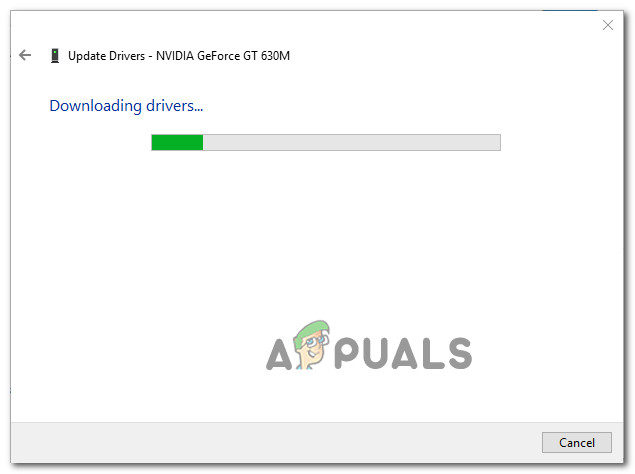
Downloading the latest graphics driver - After installing the new driver, restart your computer.
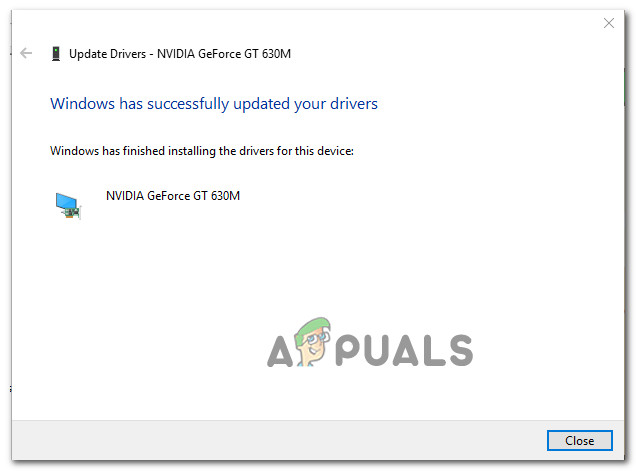
Updating the dedicated Nvidia driver to the latest version - Check if you can now view WebGL content by reopening your browser.
If you have an older Windows version or if Device Manager can’t find a newer driver, you’ll need to manually install the latest version for your GPU model. Major GPU manufacturers provide software that automatically identifies and installs the correct driver for you. Use the software for your specific GPU manufacturer:
- GeForce Experience – Nvidia
- Adrenalin – AMD
- Intel Driver – Intel
4. Install a Newer Windows version (if applicable)
Upgrading to a newer Windows version can enable compatibility with updated browser features and hardware-accelerated graphics like WebGL. Older Windows versions may miss essential system components or driver support that newer versions have, ensuring smooth WebGL performance.
- Press Windows + I to open Settings.
- Go to Updates & Security.

- Click on Check for Updates.






